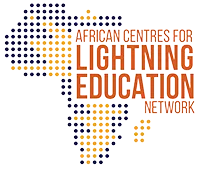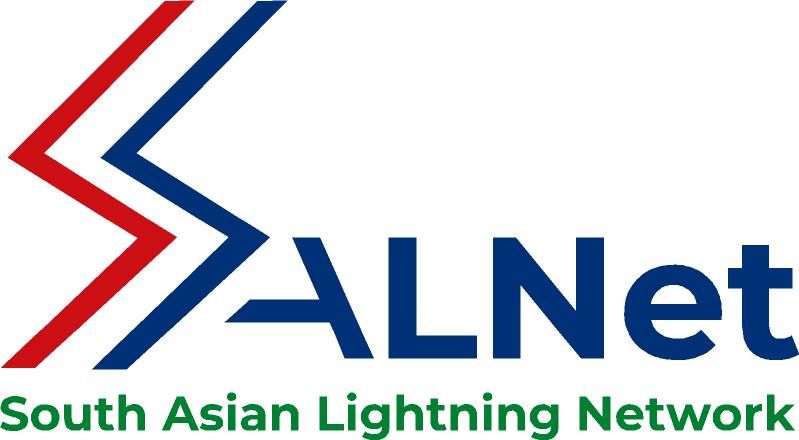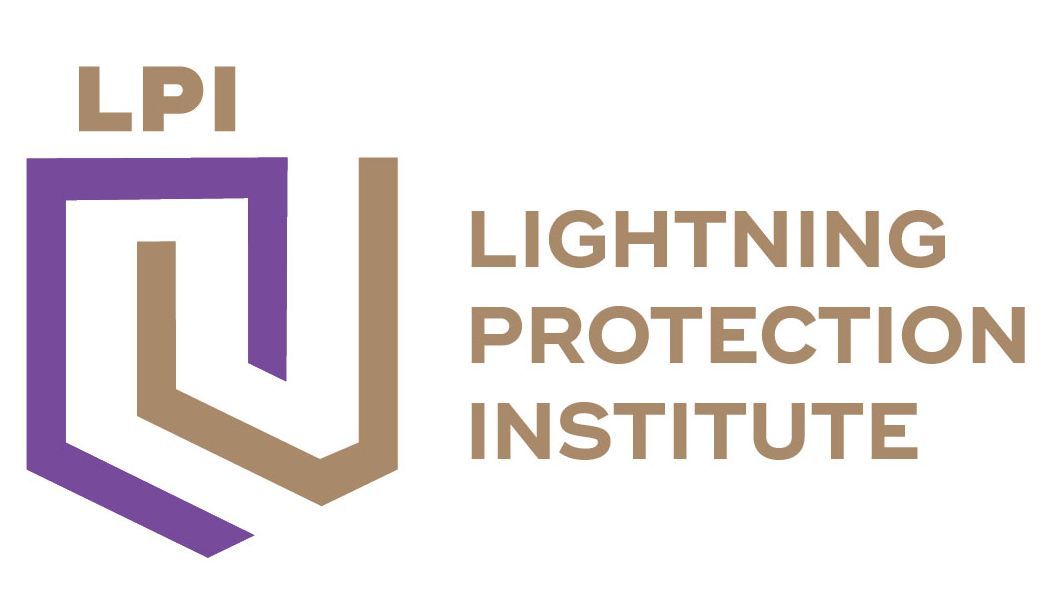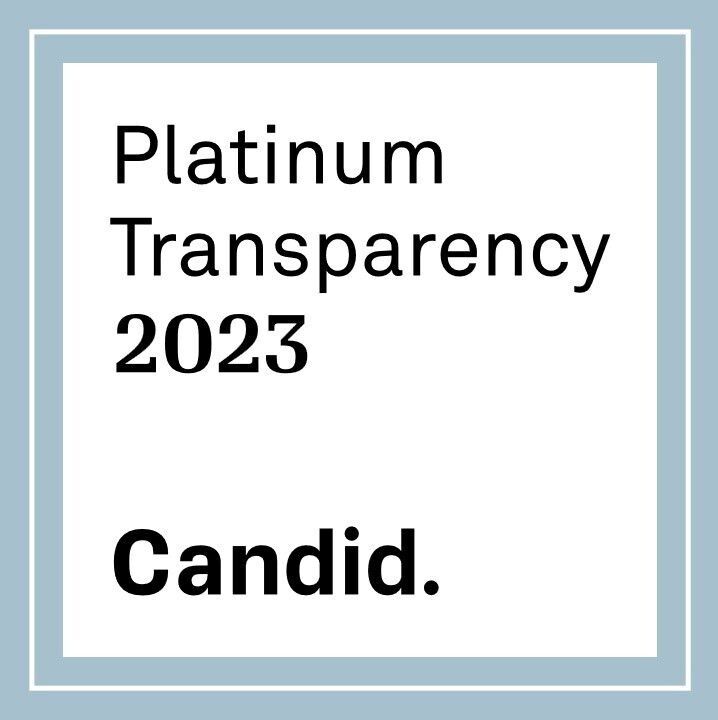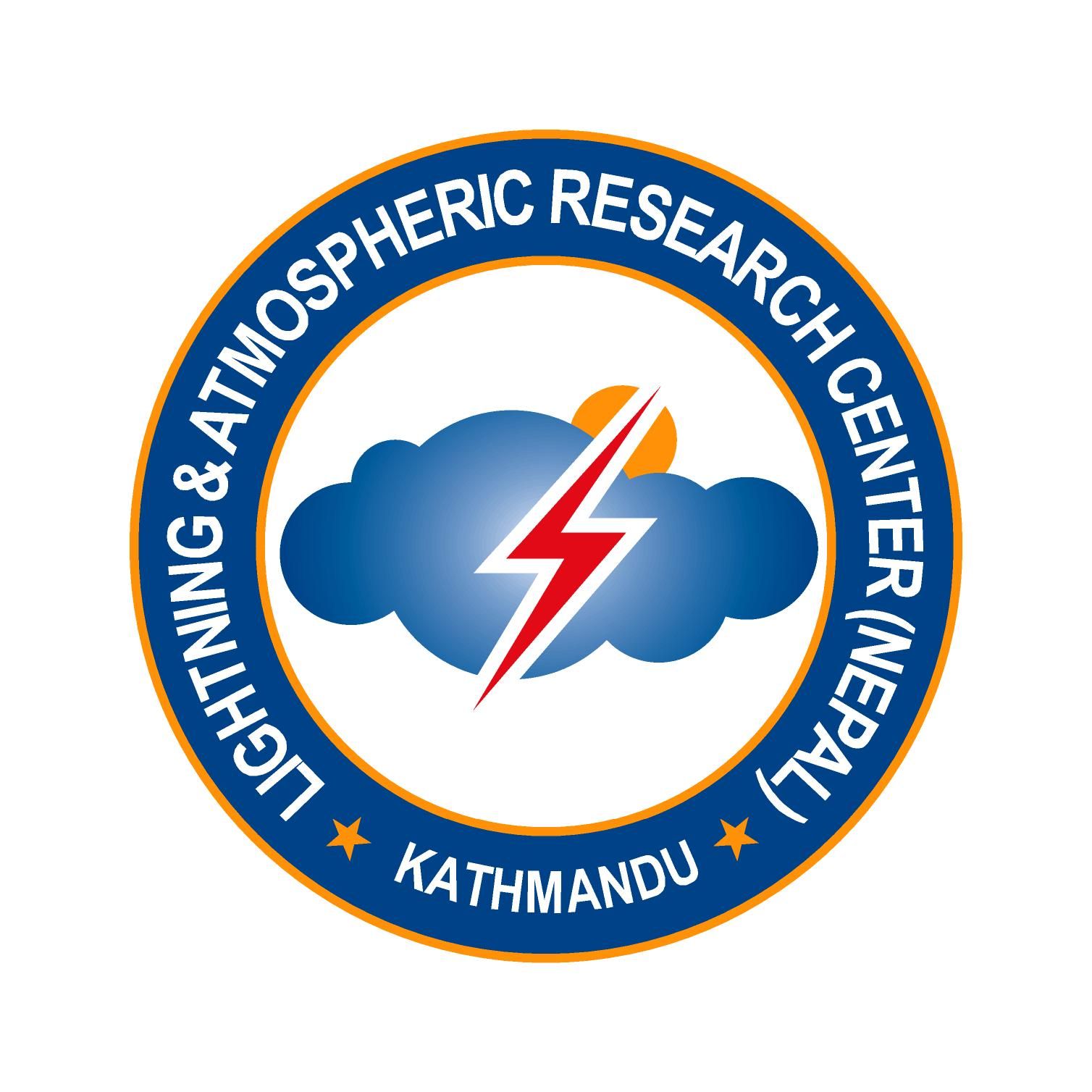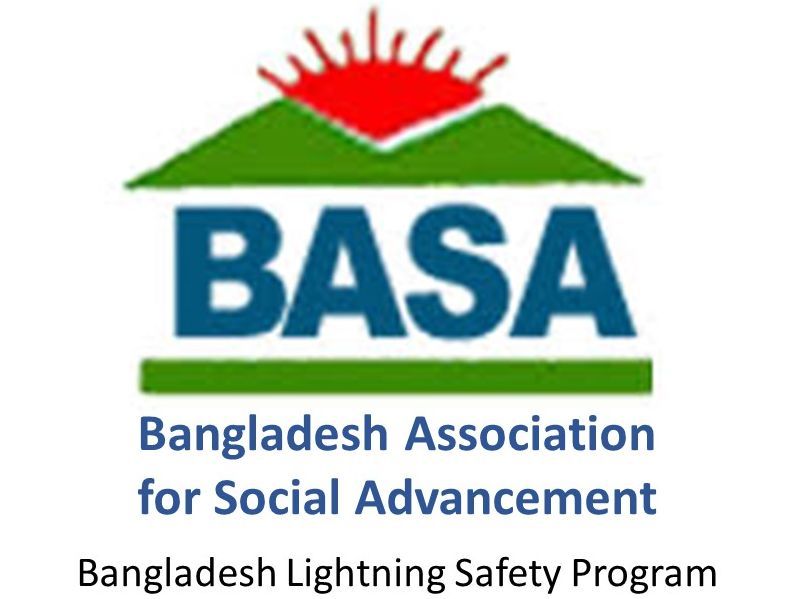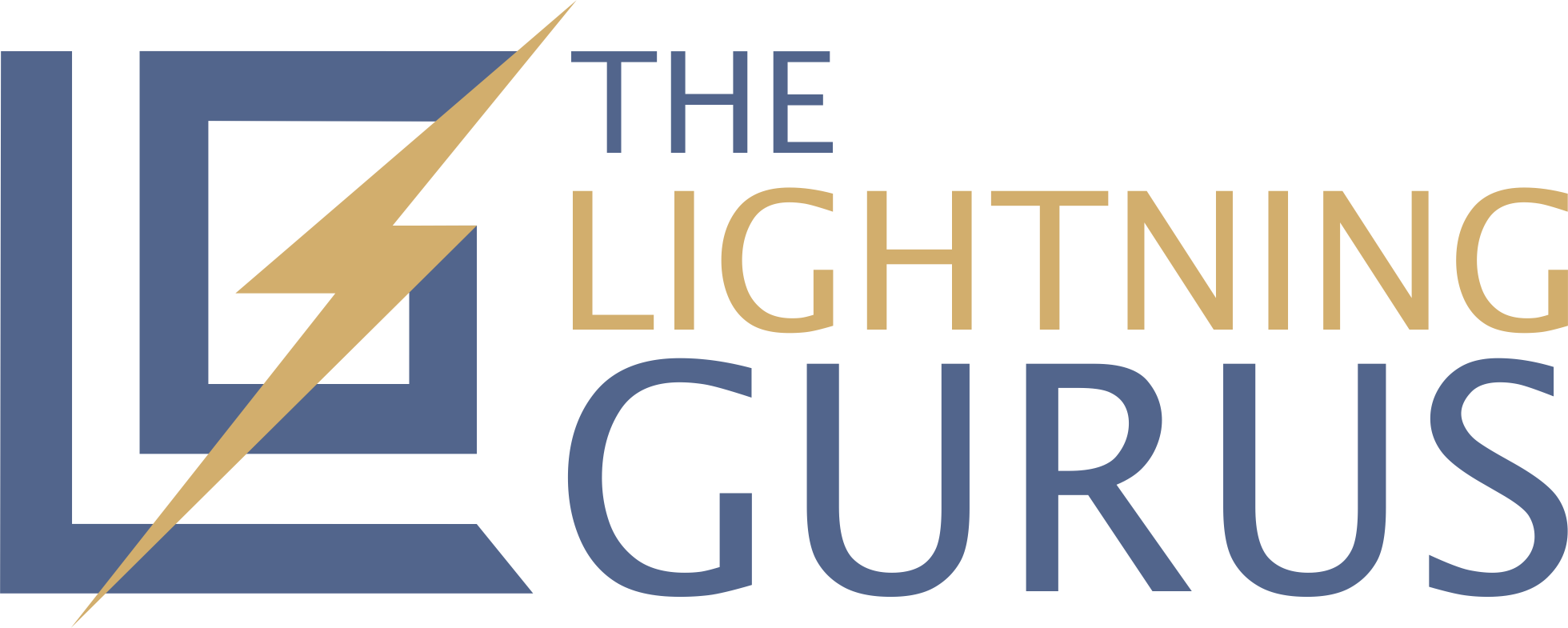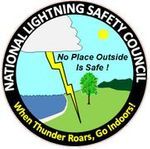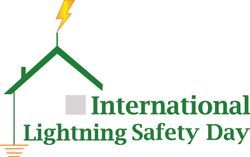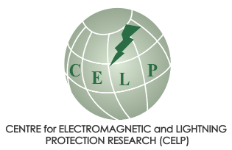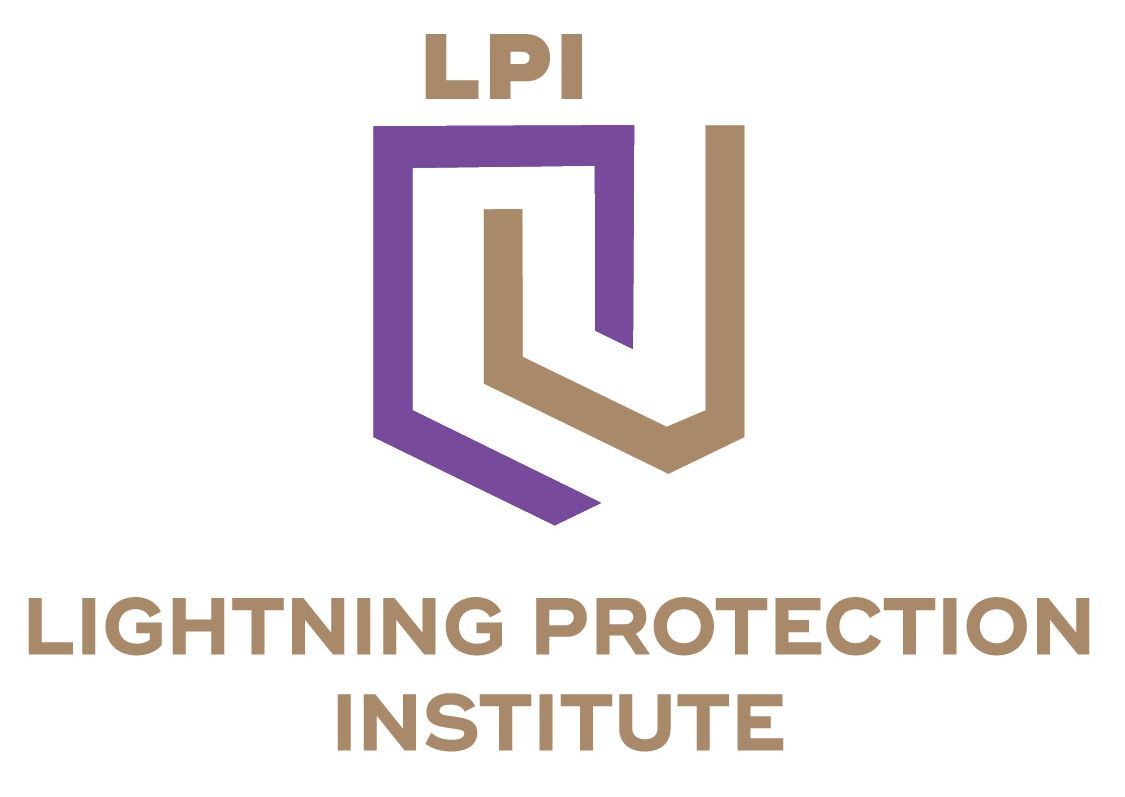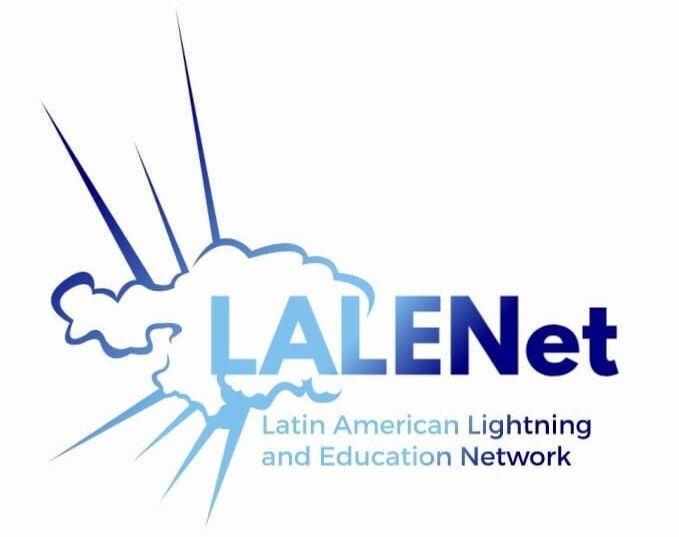THIS HAS BECOME THE LARGEST PUBLICLY AVAILABLE DATABASE OF LIGHTNING INJURIES IN THE WORLD, covering more countries, more years, and probably more news reports than any other database with information on 46 of the 54 countries in Africa. You are welcome to use it for research purposes, as long as you cite this database in any report. To raise awareness further, all news reports are posted to ACLENet's social media accounts.
Research is only one of the reasons we post these reports for free use. News reports are valuable in learning who is most vulnerable, what they were doing when injured, their age, and other pertinent data that can help ACLENet, lightning safety advocates, and the governments of each country target 'lightning injury hotspots' or groups most in need of lightning safety information, lightning protection systems, education, and other preventive measures.
News reports of injuries, deaths, and property damage are collected by our staff in English and in many other languages by volunteers are posted monthly to the pages of the countries where the incidents occurred. Additionally, Citizen Volunteers regularly send us information on incidents and often translate them from tribal language media sources. If you hear of incidents that should be included, please send us a report and photos, if possible. Also send us the URL if it was published online. After verification, we'll add them to the database. Thank you for your assistance.
When you select a country, maps are available. Click any year to see news reports for that year.
Note - do not be surprised by occasional 'duplicates.' Details included on incidents may vary by source and all may be useful to researchers, so we may include more than one report.
Countries for which we have no injury reports
There are many reasons we have no reports for the countries listed below. It may be that there is too little lightning risk in the country (such as Libya and other desert countries on the Mediterranean), that there are so few people in the smaller countries that it is not reported, or that the predominant languages of the country and news reports are not easily translated or listed on Google searches and the other search engines that we (and our multi-language volunteers) use to discover them.
Although it is possible that these countries have had no injuries, deaths or property damage, it is also possible that conditions do not allow for a stable press due to civil unrest, poor connectivity and electrical supply, poor economy, illiteracy, or other factors that would inhibit media coverage. It should also be remembered that many cultures believe that reporting lightning events or talking about them will cause more lightning to come down on themselves or to injure their families so that incidents are not reported.
As we have reports, we will make full pages for these countries as we have for those above. For now, we will publish the Global Lightning Detection lightning flash density maps and build out the pages as we have time.
-
Cabo Verde
-
Comoros
-
Congo (not the DRC - see DRC above)
-
Djibouti
-
Equatorial Guinea
-
Eritrea
-
Libya
-
Western Sahara
